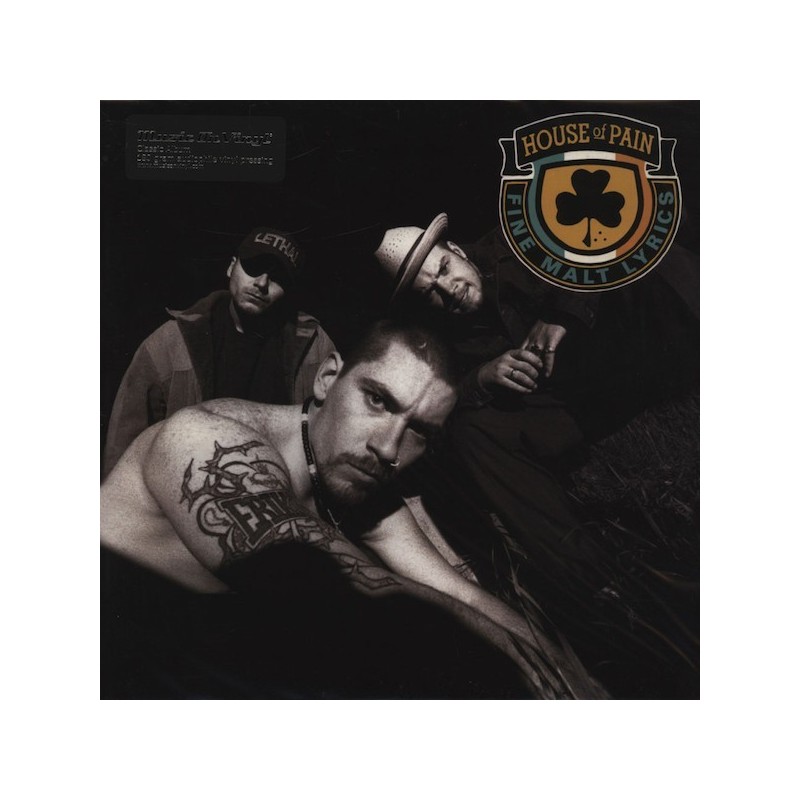Table Of Content

Now your audience can delve deeper into “House of Pain” by Faster Pussycat and gain a better understanding of the song’s meaning, impact, and the legacy it holds within the realm of glam metal music. The song, with its rebellious spirit and catchy melodies, has influenced and inspired countless artists in the glam metal and hard rock genres. It set a precedent for the fusion of punk and metal elements, creating a sound that would later influence bands like Guns N’ Roses and Motley Crue.
How does “House of Pain” resonate with listeners today?
House Of Pain has reformed for festivals and club dates here and there ever since, often performing with Everlast’s backing band. The fact that the song transitions from the perspective of a young child to that of an eighteen-year-old signifies a long-term struggle with these feelings. It’s a story of growing up in the shadow of absence, learning to cope, and eventually finding a way to stand alone. The writer, through this song, not only shares a personal narrative but also offers a voice to those who’ve felt similar pain, making ‘House of Pain’ a poignant and relatable piece.
The Story Behind “House of Pain”
The Vegas Golden Knights use this song as the teams return to the ice for the 3rd period. Whenever the Rally Monkey, the unofficial mascot of the Los Angeles Angels makes an appearance on the Angel Stadium videoboard, she would be seen holding a sign saying that it's 'RALLY TIME! It earned a gold record in Australia and the UK, with a sale of 35,000 and 400,000 singles. Our mission is to analyze your favorite songs and share the story behind them.
What other songs would you recommend for fans of “House of Pain”?
The inspiration behind House of Pain stems from the band’s personal struggles and frustrations they encountered during their early career. The song reflects their desire to rebel against the conformity and challenges they faced in the music industry. Faster Pussycat used House of Pain as a platform to express their angst and capture the attention of listeners who shared similar feelings of frustration and disillusionment.
House of Pain tell "piece of shit" Donald Trump to stop playing 'Jump Around' at rallies - FACT
House of Pain tell "piece of shit" Donald Trump to stop playing 'Jump Around' at rallies.
Posted: Tue, 05 Apr 2016 07:00:00 GMT [source]
Release history

The song doesn’t just tell a story; it’s a window into the soul of someone left behind, questioning their worth and trying to understand why they were left to face the world alone. Faster Pussycat played a vital role in the development and popularization of the glam metal genre. With their raw energy, rebellious attitude, and fusion of punk and metal elements, they helped shape the sound and image that defined the era. The band’s unique style and contributions have influenced and inspired many subsequent rock acts.
Finally, the song closes with a bittersweet note of self-reliance, “Well, if I learned anything from this… It’s how to live on my own.” It’s an acceptance of the pain and a declaration of independence from it. According to Frank Sinatra's daughter, he hated "My Way," but had to sing it at every show when it became his signature song.
House Of Pain hit out at 'piece of shit' Donald Trump for playing 'Jump Around' at rallies - NME
House Of Pain hit out at 'piece of shit' Donald Trump for playing 'Jump Around' at rallies.
Posted: Tue, 05 Apr 2016 07:00:00 GMT [source]
The lyrics of the song provide a glimpse into the mindset of those who are directly affected by the violence and crime prevalent in their surroundings. It portrays the daily struggles faced by individuals who have to navigate through a war zone-like environment just to survive. Faster Pussycat’s ‘House of Pain’ delves deep into the emotional landscape of abandonment and the longing for a father’s presence.
The Meaning Behind The Song: House of Pain by Van Halen
‘House of Pain’ is a journey through a heartache that’s both personal and universal. House of Pain was the highest charting single off of the 1989 Faster Pussycat album Wake Me When It’s Over. The lyrics were written by the band’s founder and front-man, Taime Downe, about his relationship with his father. Fans can find impressive live performances of “House of Pain” on platforms like YouTube, where Van Halen’s electrifying stage presence and musicianship are on full display.
Old Time Music is proud to have such a passionate and talented team of writers who share their love for music with our readers. House of Pain continues to be a fan favorite and remains an integral part of Faster Pussycat’s live performances. The song holds a special place in the hearts of the band’s loyal fanbase and serves as a reminder of the band’s rebellious spirit and contribution to the glam metal genre. Apart from House of Pain, Faster Pussycat has a catalog of other notable songs that have garnered acclaim from both fans and critics alike.
Lines such as “Now I’m much older, colder, fuck a holster, Got the MAC-11 swingin’ from my shoulder” conveys the sense of resignation that comes with living in such an environment. The title of the song, House of Pain, serves as a metaphor for the oppressive and challenging environment in which this life is lived. It represents the constant struggle, both physically and mentally, experienced by those living in these communities.
However, on September 6, 2003 (the Badgers' first home game of the season), with construction of skyboxes surrounding Camp Randall Stadium, UW officials decided to cancel the "Jump Around" due to worries about structural integrity. Structural engineers confirmed that the stadium would suffer no structural damage caused by the vibrations created by jumping. The song is popular among dancehall DJs and is widely regarded in the United Kingdom as a club classic.
House of Pain stands out with its catchy guitar riffs, energetic rhythm section, and emotionally charged lyrics. The song seamlessly blends elements of glam metal, punk rock, and hard rock, creating a unique sound that captures the essence of Faster Pussycat’s style. Additionally, the raw and relatable emotions expressed in the lyrics contribute to its enduring appeal over the years. House of Pain addresses themes of rebellion, escapism, and the yearning for freedom.
The lyrics provide a glimpse into the violence, fear, and constant battle for survival experienced by those caught in the cycle of the House of Pain. Listening to this song with my close friends and family has sparked many deep conversations about the impact of socioeconomic factors on communities and the need for social change. It has prompted discussions about the challenges faced by individuals, the systemic issues present in our society, and the importance of empathy and understanding. In 1993, they were among the rap artists who had cameo roles in Ted Demme's film Who's the Man? “House of Pain” still resonates with listeners today as it explores universal themes of perseverance and personal growth.
The song reflects their resilience and determination to overcome obstacles in pursuit of success. Everlast was barely of legal drinking age when he released his major label rap debut, Forever Everlasting, as part of Ice-T’s Rhyme Syndicate. Next he teamed with his high school pal Danny “Danny Boy” O'Connor, a hype man and graphic designer, to form the Irish American-centric House Of Pain, backed by Everlast’s longtime DJ, DJ Lethal (who is of Latvian/Russian descent). Moving forward, the lyrics, “I’m not trying to fake it, And I ain’t the one to blame,” reflects the maturity and realization that dawns with age. The child grows up, but the pain festers, evolving into a blend of resentment and self-awareness.
House of Pain is a powerful song that resonates with many listeners, including myself. It serves as a reminder of the harsh realities faced by those living in disadvantaged neighborhoods and the constant struggle for survival. Throughout the song, there is a sense of resignation and acceptance of this violent lifestyle. The lyrics reflect the idea that these individuals have no other choice but to embrace the House of Pain and adapt to their surroundings. The references to AK-47s and skinhead bitches illustrate the dangerous environment in which these individuals find themselves. The lyrics describe the retaliatory violence and revenge that often occurs, highlighting the perpetuation of a never-ending cycle.
Lead rapper Everlast went on to pursue a solo career as a blues rock artist and member of the supergroup La Coka Nostra which also featured DJ Lethal. DJ Lethal would later join and find commercial success with the rap rock band Limp Bizkit. Van Halen drew inspiration from their own personal experiences and the challenges they faced in their musical journey.

No comments:
Post a Comment